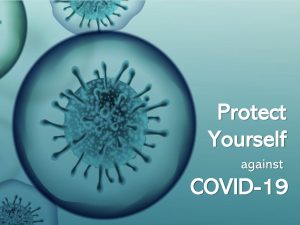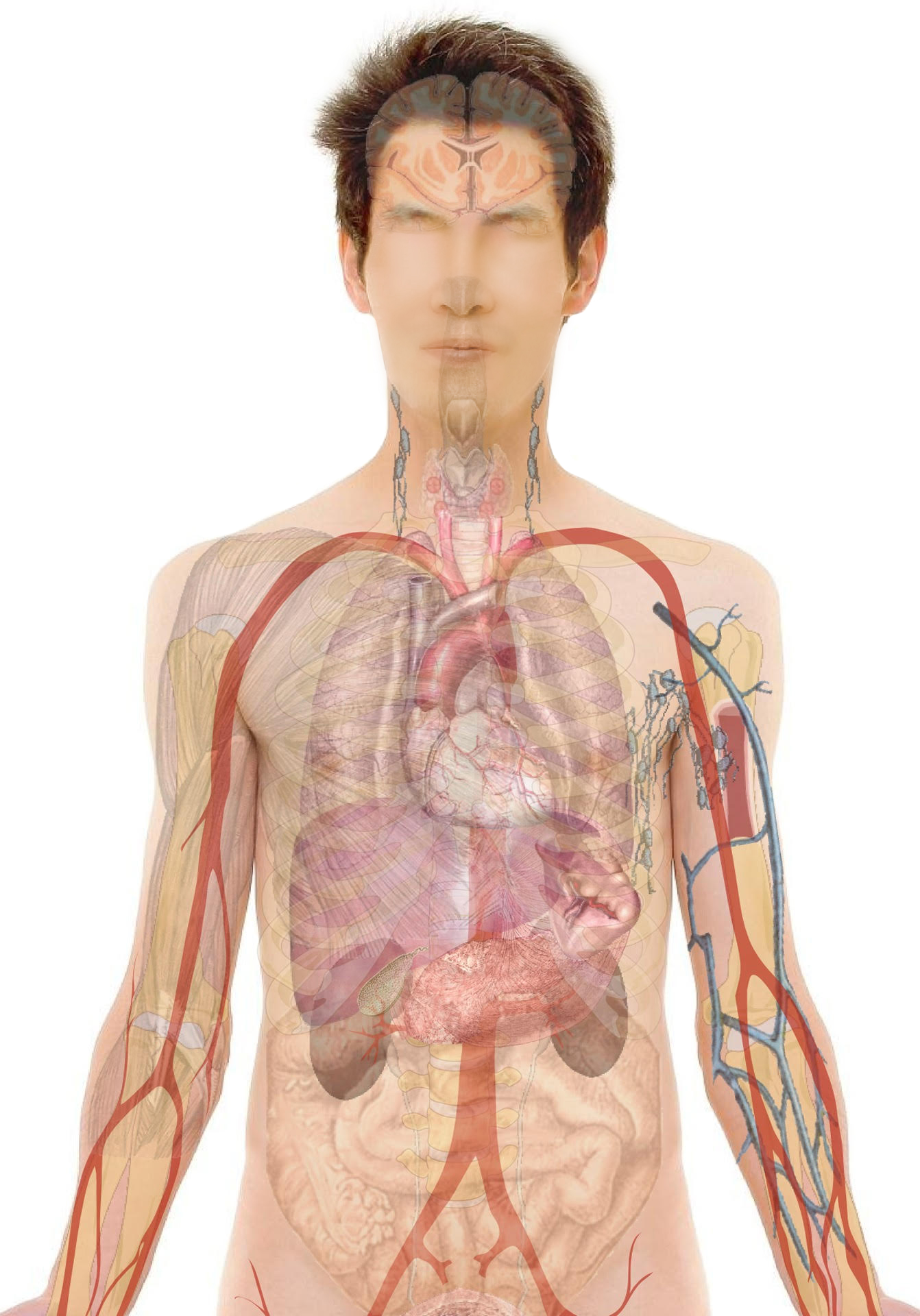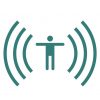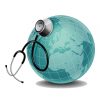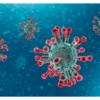Definition and Causes:
DEFINITION:
- Hypertension refers to abnormally high arterial blood pressure
- This describes the force of blood in vessels transporting blood away from the heart
- Normal blood pressure is below 120/80 mmHg
- Pressures between the top (systolic) 120-129 mmHg and bottom (diastolic) <80 mmHg are described as pre-hypertensive (i.e. on the way to developing hypertension)
- Pressures ≥130/80 mmHg are considered hypertensive
The heart pumps blood in the vessels called arteries. A blood pressure cuff is used to measure the force exerted by the blood against the walls of the arteries; this gives the blood pressure reading. The unit measure for blood pressure is called millimeters of mercury (mmHg). The reading is given in two numbers, the top number is called the systolic, while the bottom number is referred to as the diastolic reading.
Hypertension occurs if:
- Systolic (top number) ≥130 mmHg
- Diastolic (bottom number) ≥80 mmHg
CAUSES:
- Hypertension falls into two brackets; “essential” and “secondary”
- Patients presenting with no identifiable cause are said to have essential hypertension
- Secondary hypertension may have the number of causes:
- Kidney disease
- Hardening of the arteries (atherosclerosis)
- Drug-induced (including alcohol and cocaine)
- Sleep apnea (reduction in breathing during sleep)
- Contraction of the aorta (main artery carrying blood from the heart)
- Hormonal (e.g. thyroid or parathyroid disease)
Symptoms:
- Mild to moderate hypertension may not show any symptoms
- However patients may complain of headaches early in the morning, that subsides during the day
Patients with chronic (untreated) hypertension may show the following symptoms:
- Headache
- Sweating
- Anxiety
- Palpitations (irregular, uncomfortable beating of the heart)
- Difficulty in breathing
- Swelling of tissues, such as swollen fingers or feet
- Vision loss (retinopathy- from injury to blood vessels in the retina of the eye)
Investigations and Treatment:
INVESTIGATIONS:
History:
- Previous episodes of high blood pressure
- Family history of hypertension
- Episodes of headache, sweating, palpitations, weakness, muscle cramp, and vision disturbances
- History of diabetes, heart disease, kidney disease or diseases of the blood vessels in the abdomen and legs (peripheral artery disease)
- Other diseases: Migraine, gout, asthma, heart failure and prostate enlargement (the treating physician should be aware of these as it may help with medication selection)
- Inquiry into a sedentary lifestyle, dietary habits, salt intake, cigarette smoking, and alcohol consumption
- Medication use:
- Nonsteroidal anti-inflammatory drugs (NSAIDs)
- Antidepressants
- Nasal decongestants
Physical examination:
The vitals checked are:
- Blood pressure (BP)
- Pulse
- Temperature
- Respiratory rate (breathing rate)
- Examination of the eyes
- Listening for abnormal heart sounds
- Listening to peripheral arteries for abnormal sound
Further Diagnostic Tests Include:
- Electro-cardio-gram (ECG)
- Blood tests to exclude diabetes, cholesterol, etc.
- Chest X-ray
- Urine (24-hour collection for certain cases)
- Ultrasound of kidneys
- Outpatient (ambulatory BP measurements)
TREATMENT:
Patients suffering from hypertension are treated with medications and/or lifestyle changes (diet control, exercise, and weight loss, reduce or stop consumption of alcohol and caffeine, cessation of cigarette smoking).
There are several different types of blood pressure medications which have different actions on the heart, blood vessels, and kidneys, all leading to reduced blood pressure. While these medications may be used individually, many patients require a combination of drugs to control their blood pressure.
Medications:
The different types of blood pressure medications with some common trade names are shown below:

Risk Factors and Prevention:
Non-modifiable Risk Factors:
- Genetics/family history
- Age
Modifiable Risk Factors:
- Cigarette smoking
- Quit smoking, avoid exposure to second-hand smoke
- Lifestyle
- Obesity (body mass index greater than 30 kg/m2)
- Physical inactivity
- Exercise
- Weight loss
- Dyslipidemia (relates to cholesterol levels)
- Diabetes mellitus
- Adherence to dietary restrictions
- Adherence to the medication regimen
Outcome:
- The patient should demonstrate an increased knowledge about high blood pressure, required medications and their effects, and prescribed therapies
- Maintenance of blood pressure within the desired range will require the patient to follow medication prescriptions, adhering to lifestyle advice and keep follow up appointments


